Richemont 101: Your Essential Guide to the Luxury Watch Conglomerate
What began as a small tobacco business in South Africa has blossomed into a global luxury powerhouse, dominating the realms of high-end jewelry, watches, and premium accessories. This Swiss-based conglomerate, none other than the Richemont Group has not only transformed itself but has also redefined the landscape of the luxury industry.
Since its IPO in 1988, Richemont has delivered an impressive 14% annualised return to its shareholders, translating to a staggering 8,400% total return approximately. Today, it stands as one of the largest luxury companies globally, both in terms of market value and revenue.
The Origins of Richemont
The story of Richemont begins with Anton Rupert, born in 1916 in Graaff-Reinet, South Africa. Initially aspiring to become a doctor, Rupert's path took an unexpected turn due to financial constraints. He instead pursued a degree in chemistry from the University of Pretoria, graduating in 1939.
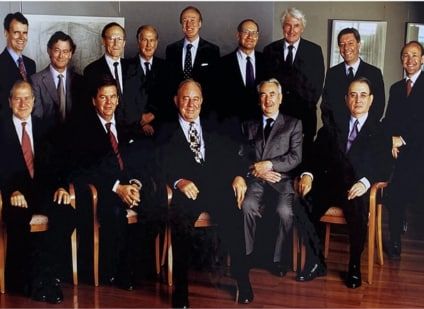
Rupert's business acumen emerged during the Great Depression when he observed that despite economic hardships, people continued to consume tobacco and alcohol. This insight led him to start making cigarettes in his garage in 1941. With just £10 and backing from two investors, he founded the Voorbrand Tobacco Company. By 1948, this small enterprise had evolved into Rembrandt, diversifying into sectors including wine, spirits, food, mining, and banking. In 1954, Rupert acquired a majority stake in British tobacco manufacturer Rothmans International, consolidating Rembrandt's foreign interests in 1972 and elevating Rothmans International to the fourth-largest tobacco company globally.
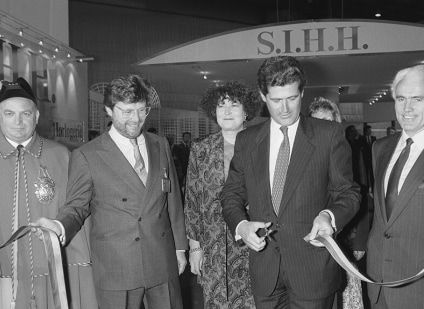
Transition to Luxury
Richemont's transformation into a luxury-focused entity began in the late 1960s when Anton Rupert made his first foray into the luxury sector through a deal with Cartier. This pivotal moment came about when Robert Hocq, founder of Silver Match, sought a licensing agreement from Cartier for a premium gas lighter design.
Recognizing Cartier's potential, Rupert offered a 20% stake in Cartier America in exchange for a license to produce Cartier-branded cigarettes. This strategic move marked Rupert's entry into the luxury market and laid the foundation for what would become one of the largest luxury companies worldwide.

The creation of Compagnie Financière Richemont on August 16, 1988, was orchestrated by Johann Rupert, Anton's eldest son. Facing challenges due to South Africa's changing political landscape, Johann proposed dividing the Rembrandt Group into two entities: one retaining South African interests and focusing on tobacco, and the other, Richemont, housing international assets and luxury brands based in Switzerland.
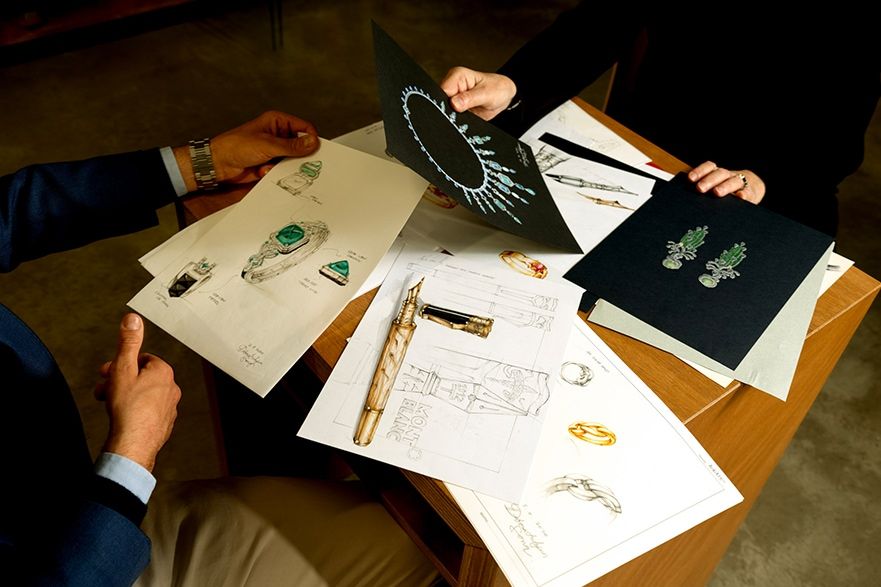
Strategic Acquisitions and Growth
Under Johann Rupert's leadership, Richemont embarked on an aggressive expansion strategy, acquiring prestigious luxury brands. This vision was similar to Bernard Arnault's approach with LVMH, focusing on companies with rich heritage and strong brand recognition.
Key acquisitions include:
Cartier (1993): Richemont acquired a controlling stake, cementing its position in the luxury market.
Vacheron Constantin (1996): One of the world's oldest luxury watchmakers.
Van Cleef & Arpels (1999): A renowned Parisian jewelry company.
Other notable additions to the portfolio include IWC Schaffhausen, Jaeger-LeCoultre, Panerai, and A. Lange & Söhne, among others.
Richemont's Brand Portfolio
As of 2023, Richemont's revenue is divided into three main segments:
A. Jewelry Maisons (67% of sales)
Cartier: Founded in 1847, known for exquisite jewelry, watches, and accessories.
Van Cleef & Arpels: Established in 1906, celebrated for exceptional jewelry and timepieces.

B. Specialist Watchmakers (20% of sales)
Including brands such as:
IWC Schaffhausen
Jaeger-LeCoultre
Vacheron Constantin
A. Lange & Söhne
Panerai
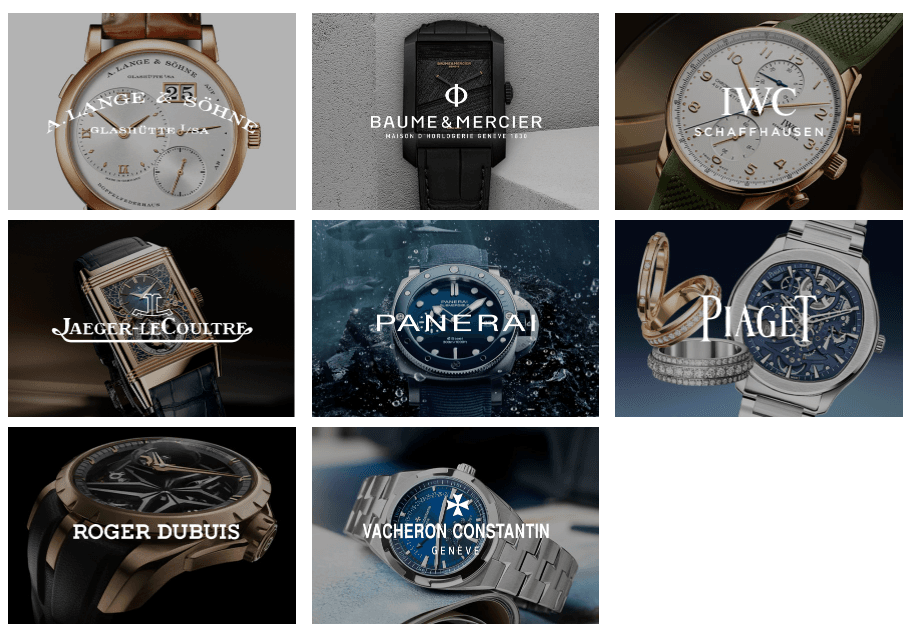
C. Fashion & Accessories (13% of sales)
Featuring brands like:
Chloé
Delvaux
Dunhill and more!
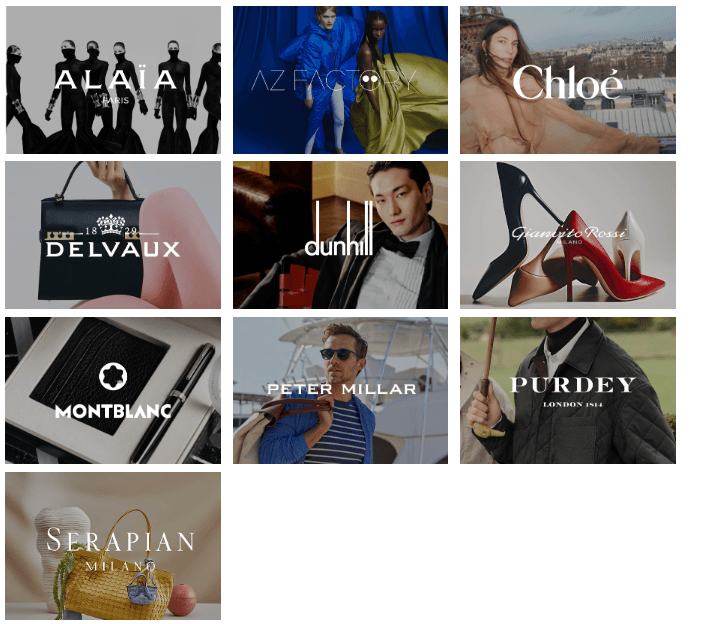
Ownership and Control
As of 2024, the Rupert family maintains significant control over Richemont. Compagnie Financière Rupert, a holding company primarily owned by Johann Rupert, holds 6,263,000 Class A and 522,000,000 Class B shares. This translates to 10% ownership and 51% voting power, ensuring the family's continued influence over the conglomerate's direction.
Financial Performance and Market Position
Richemont's financial performance has been nothing short of impressive. Since its IPO in 1988, the company has delivered approximately 8,400% in total returns to its shareholders. This translates to an annualized return of about 14%, showcasing the company's consistent growth and value creation.

A prime example of Richemont's innovative approach to luxury retail is TimeVallée, launched in 2015. This visionary multi-brand watch retail concept offers clients access to the most prestigious watch Maisons, creating an inspirational space that blends heritage with contemporary luxury. TimeVallée serves as a guide for watch enthusiasts and newcomers alike, inviting them to browse, learn, share, and experience the world of fine watchmaking. With over 30 boutiques operated by strategic partners across China, Korea, the Middle East, and Europe, TimeVallée aims to continue its international expansion in the coming years. The concept showcases an impressive portfolio of exclusive watchmaking brands, including not only Richemont's own prestigious Maisons but also other renowned names in the industry, demonstrating Richemont's commitment to elevating the entire luxury watch sector.
Today, Richemont stands as one of the world's largest luxury companies, both in terms of market value and revenue. Its strategic acquisitions, brand management, and focus on high-end luxury segments have positioned it as a formidable player in the global luxury market.
No articles found





